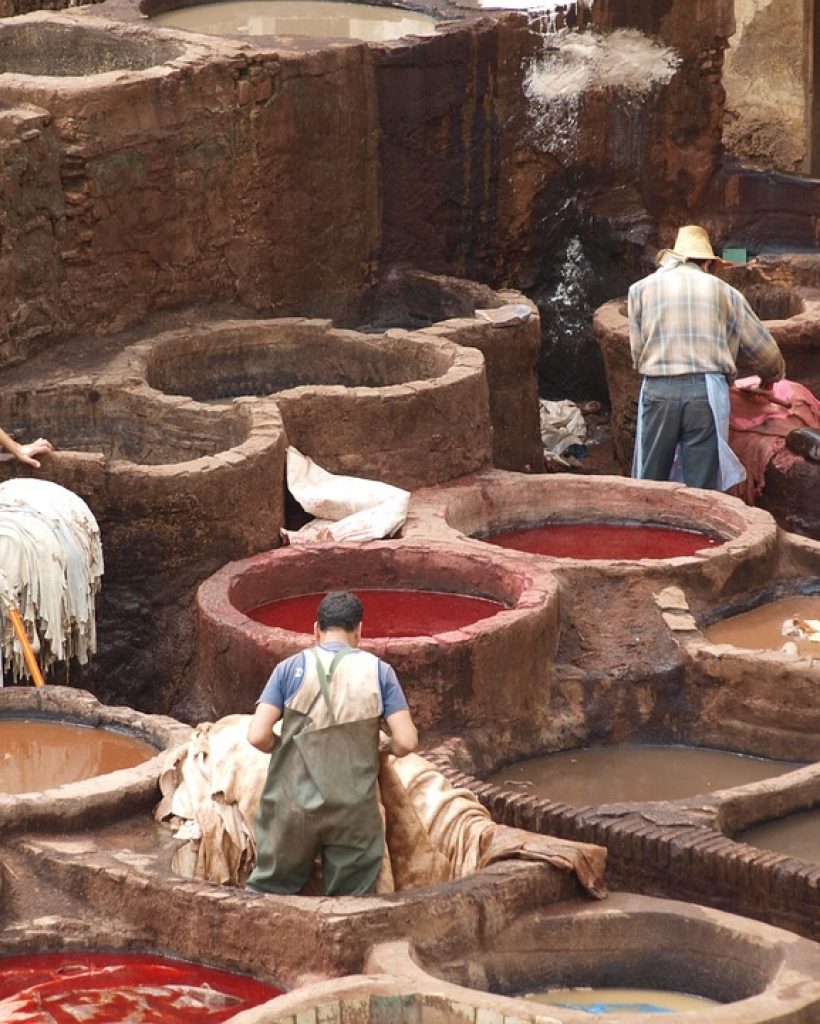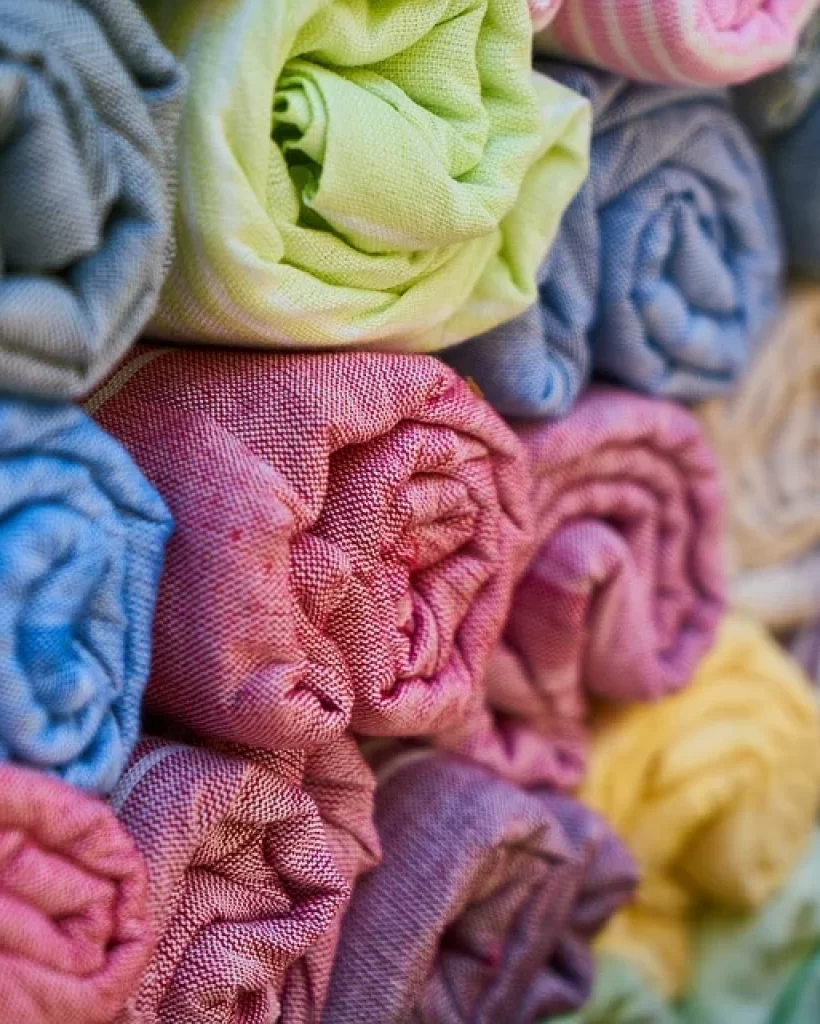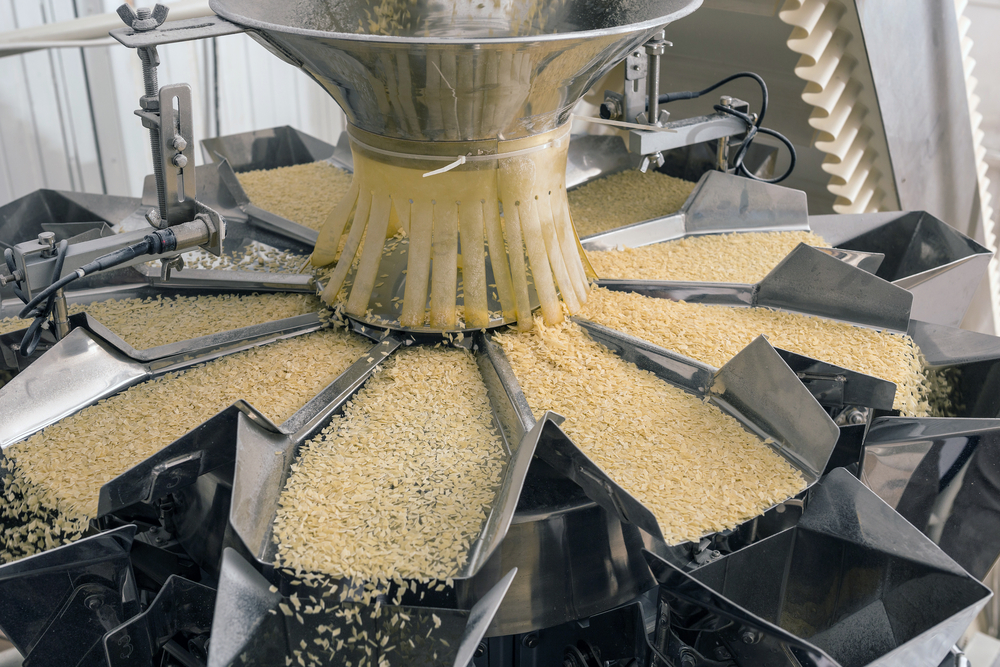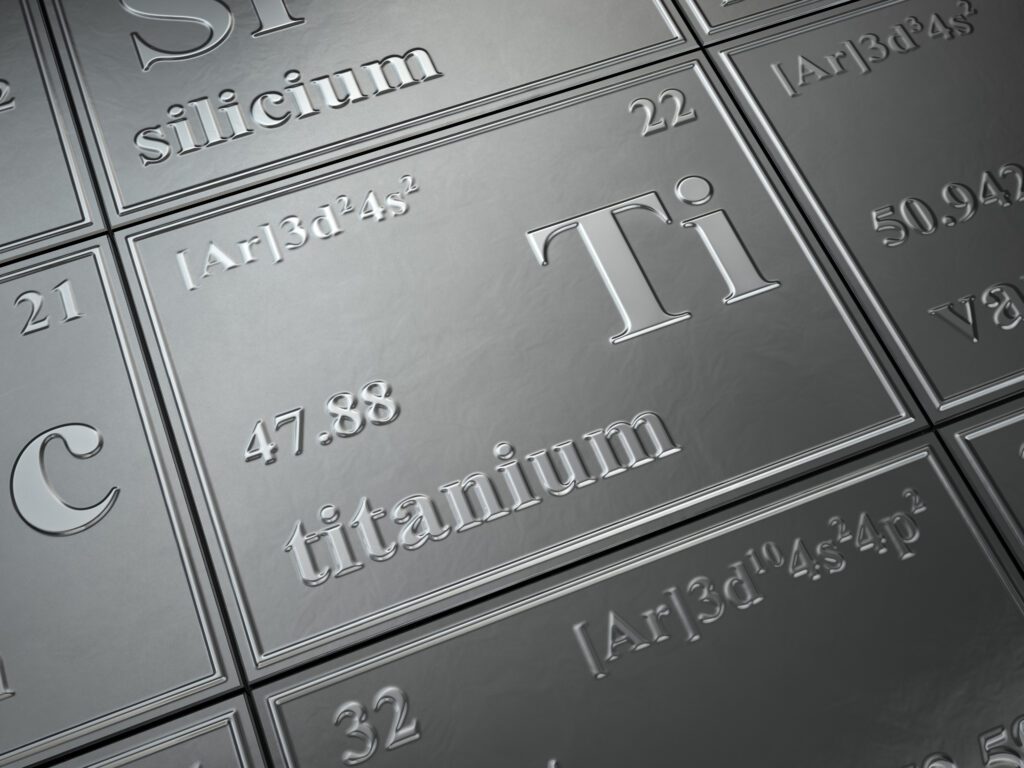TEXTILE & TANNERY


Decades of experience.
Wastewater treatment for textile and tannery industry
Textile and tannery industries are known to be responsible for one of the major environmental pollution problems in the world, especially in regions such India or China where these industrial activities are one of the main significant growth drivers.
Textile wastewater
The textile industry consumes large amounts of water, with ratios ranging between 80−300 L per kg of fabric. These figures highly depend on the type of fabric produced and the type of process applied for fiber production. On average, the wastewater discharge corresponds to 75% of the water consumed: this provides an idea of the really huge volumes generated as a result of textile manufacturers all over the world.
The main challenge related to textile wastewater is the presence of dyes, mixed with other contaminants of different nature. Is it estimated that 10-15% of the dye used is released into the wastewater during the dyeing processes, and the color is usually noticeable at dye concentrations above 1 mg/L. As a result, almost all the textile wastewaters present residual color, which can pose a particular challenge for the conventional treatment processes, especially nowadays that more demanding environmental regulations are being implemented.
The textile effluents present widely different characteristics depending on the processing operations and the final product. In general, they present color, high concentrations of organic pollutants – some of them difficult to biodegrade – and different salts as sulfates, sodium, or chlorides. pH is typically slightly alkaline and neutralization can be required before the biological treatment. Nutrient concentration is typically low and may even require dosing for the bioprocess. The following table includes some reference values for the different pollutants in textile wastewater
Tannery wastewater
The tannery industry involves the conversion of rawhide or skin into leather and finishing it so that it can be used in the manufacture of a wide range of consumer products. Although it is not as water-intensive as the textile industry, it still consumes an average of 12 – 37 liters of water per kg of hide, and generates highly complex wastewater, containing toxic and persistent substances and high concentrations of organic pollutants (average 19 kg of organic carbon per ton of rawhide). Due to the huge impact on the environment of the tannery activities, increasingly demanding regulations are being implemented, and intensive and efficient treatment is required before disposal to the municipal sewer or water bodies.
Tannery wastewater is produced along with the different processes of beam house, tanning, post-tanning, and finishing. The beam house operations (soaking, liming – unhairing, degreasing, etc.- deliming and bating) are the main contributors for wastewater generation, releasing biodegradable matter in form of proteins and grease. Surfactants, bating agents, biocides, hairs, and fibers are also important sources of pollution. In the subsequent tanning and finishing stages, veg or synthetic tans, masking agents (phthalates), fat liquors, and dyes are also released. In conclusion, tannery wastewater is complex, potentially toxic, difficult to treat, and contains high levels of suspended matter, organics, N compounds, sulfates, chromium, and salts.

Challenges for wastewater treatment in the clothing industry
The rising awareness within leading textile and tannery companies pushes the investment in water management systems to efficiently treat and reuse water, with a highlight on the following issues:
Water consumption
Greater focus on water reuse and recycling
New technologies
Implementation of efficient, reliable and robust advanced technologies
Membrane solutions
Increasing adoption of membrane technologies
For dealing with textile and tannery wastewater, the bioprocess is usually the core of the process. These effluents present significant organic loads which are removed by means of aerobic treatment. However, the more demanding discharge requirements and the complexity of textile and tannery effluents demand more advanced and efficient technologies day after day.
Tubular membrane solutions for wastewater treatment
Membrane-based technologies are known to provide cost-efficient solutions for treatment and reuse in the framework of ZLD solutions. External tubular MBR is known to be one of the best available technologies, being the core of the biological treatment for removing organic and nitrogen-based pollutants. This technology effectively deals with the two main challenges of textile and tannery wastewaters:
- Removal of slowly biodegradable or recalcitrant dyes in textile effluents
- Efficient treatment of tannery wastewater under potential toxic shock events
Berghof tubular MBR – combined with the proper pre and post-treatments – is a robust, reliable, and efficient solution for textile and tannery wastewater treatment, with proven references worldwide. For each project’s requirements, the tubular MBR can be easily coupled with the required complementary processes for achieving the required effluent quality with the highest cost competitiveness.
Dye removal, pigment removal, and metal removal for the clothing industry
In the case of textile wastewater, dye removal is frequently the highest challenge. Tubular MBR, when compared with the conventional activated sludge processes, has been proven to remove the soluble dies much more efficiently. Moreover, the high quality of the MBR permeate allows it to be directly fed to a reverse osmosis (RO) for further removal of color and salts.
For tannery wastewater, the tubular MBR is typically installed after the physical-chemical pretreatment for metal removal (e.g. chromium). A subsequent RO stage can be also applied after the MBR for salt removal in the case that ZLD is addressed for water reuse within the tannery process.
Finally, the Berghof tubular UF is applied as a direct filtration process for separating pigments or dies in the textile industry. Different compounds are used for the dying process: the insoluble pigments are 100% removed by UF membranes, and these streams can be treated separately for getting an optimized water management strategy.
Applications of tubular UF membrane technology in textile and tannery industry
MBR | Wastewater treatment
Direct UF | Dyes and pigment removal
Please choose the application that applies to you.
Is your application not listed? Then please contact us.
Manufactured in Germany
Made in a state-of-the art LEAN-production facility, with highly-trained production personnel and materials of the highest quality.
With 50 years of experience and more than 2.000 projects worldwide, Berghof Membranes is the leading manufacturer of high quality tubular ultrafiltration membranes.
Tubular UF Membrane Modules
To prevent fouling and clogging, Berghof Membranes developed its line of robust tubular UF (ultrafiltration) membrane modules based on inside-out crossflow filtration.
Membrane Skid systems
Berghof Membranes developed B-SMART®, a customizable external membrane filtration system that can be designed with various features and functionalities.
Pilot systems & Lab testing
Bridging the gap between lab-scale testing and manufacturing. Our team of experts gives you the confidence to apply the technology for your specific wastewater challenges.
B-CARE® Service and Support
The B-CARE® program is an end-to-end comprehensive program developed to support our OEM partners from the piloting/engineering phase to operational system monitoring.
Case Studies
Our projects
50 years of experience and more than 2.000 project references across the globe.

AnMBR | Dairy Industry
A dairy processor in Richland County, Wisconsin needed to find an efficient process to generate electricity and heat from their wastewater and to further treat anaerobic industrial wastewater.

MBR | Food & Beverages
In order to meet the increasing demand, Holland Malt has decided to double its
malting capacity. For this the company needed high-quality permeate to reuse for production.

Direct UF | Titanium Recovery
Our OEM-Partner needed to design a robust and adaptable UF system that could keep up with the high-solid streams and conditions of this demanding process while minimizing OPEX and fouling.
Think outside the box
When it comes to membrane filtration, think outside the box and contact Berghof Membranes today.
More than just a membrane supplier
Contact Berghof Membranes
Get in touch today
International Sales Office:
Agora 4, 8934 CJ Leeuwarden,
The Netherlands

